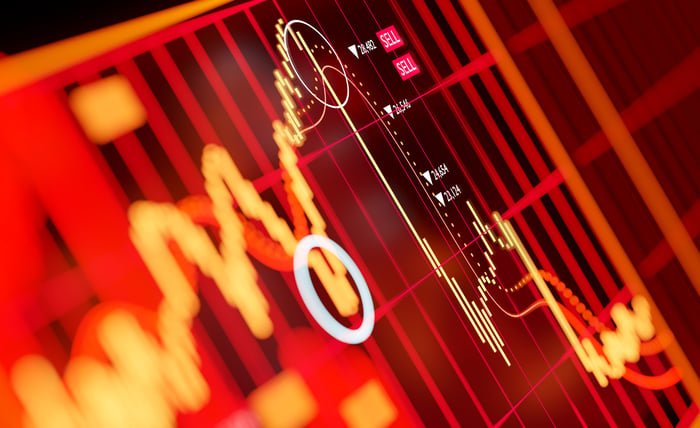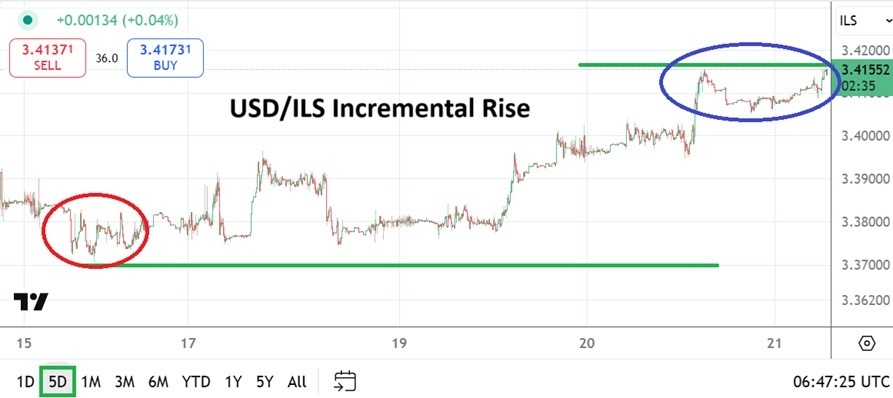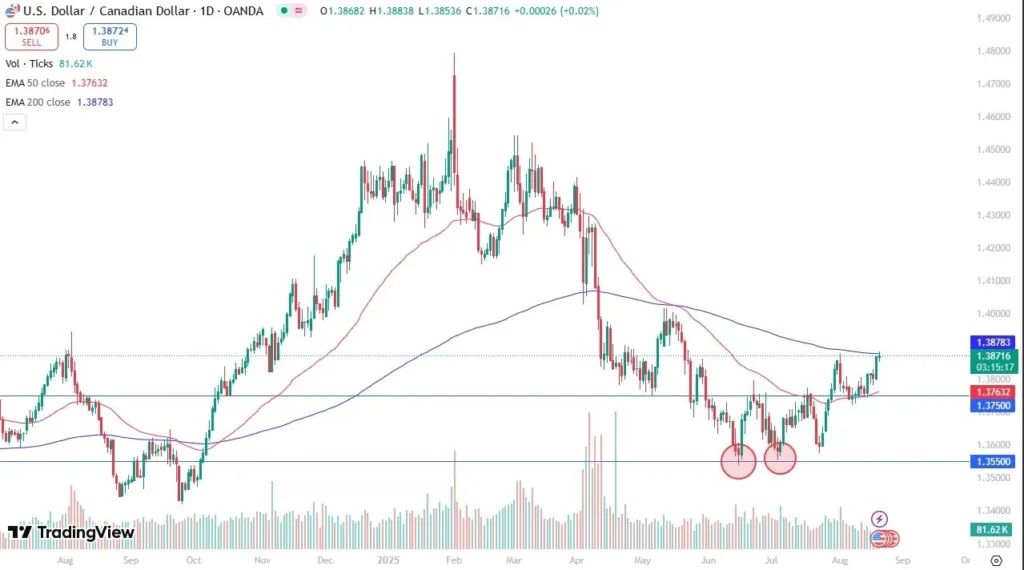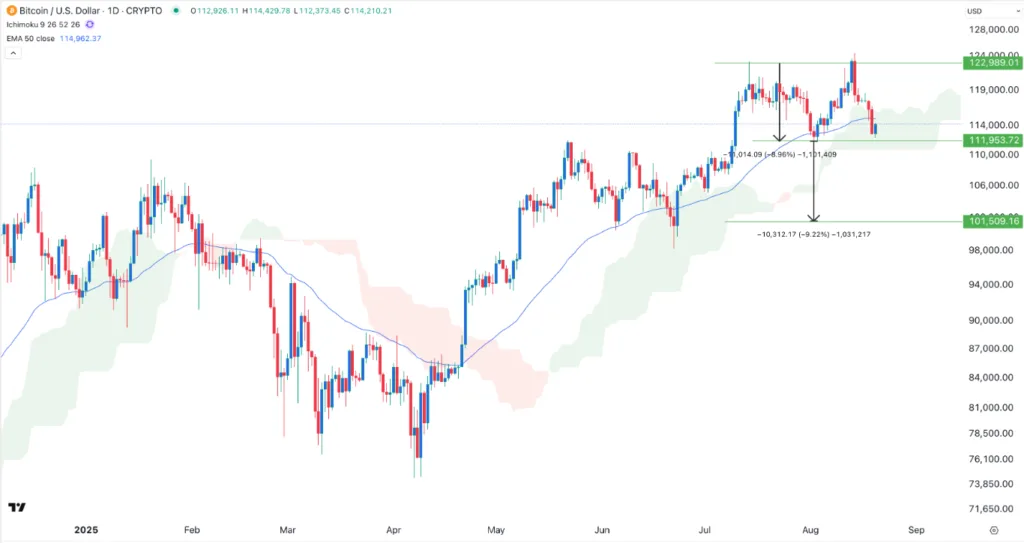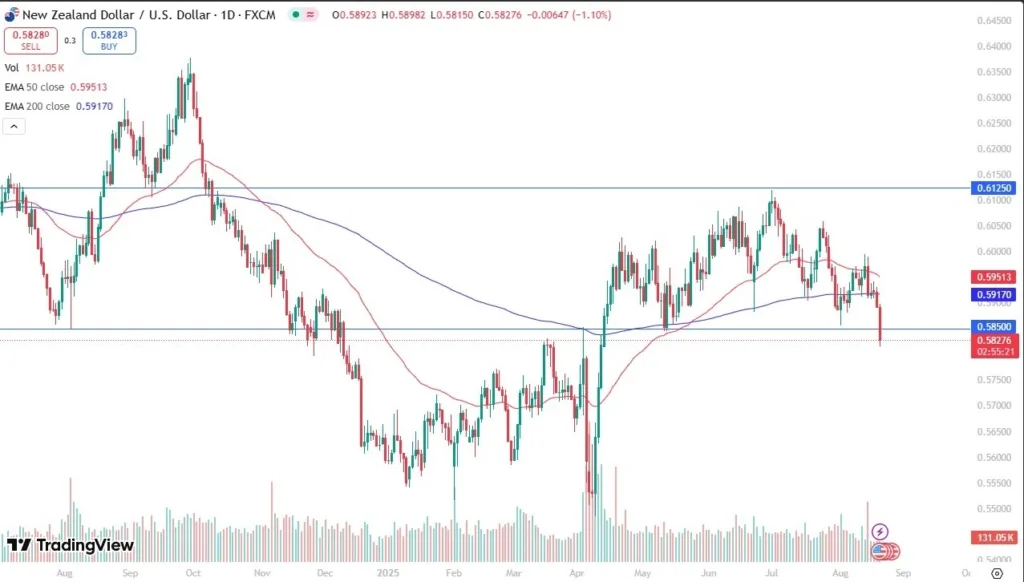The Dow Jones Industrial Average managed modest gains, lifted by industrial and retail names, while the S&P 500 and Nasdaq slipped under pressure from tech. Bucking the trend, Palo Alto Networks surged after posting robust earnings and upbeat guidance, with recurring revenue growth underscoring resilience in cybersecurity demand.
The mixed session underscored Wall Street’s balancing act—absorbing pockets of strength in housing and corporate results while remaining cautious about broader economic headwinds and the Federal Reserve’s next policy steps.
- Dow Jones: +0.4%, supported by gains in industrials and retail.
- S&P 500: −0.1%, slightly down amid tech pullbacks.
- Nasdaq: −0.5%, dragged lower by growth and tech stocks.
Dow edges higher while tech drags
By midday, the Dow Jones Industrial Average gained about 0.4%, supported by cyclical names like Caterpillar and Home Depot. The S&P 500 slipped 0.1%, while the Nasdaq Composite fell 0.5%, weighed down by profit-taking in growth stocks ahead of earnings.

Live Events
The divergence reflects where money is flowing: into industrial and retail plays benefiting from steady consumer demand, while traders rotate out of richly valued tech names—except one glaring exception.
Palo Alto Networks shatters forecasts
Cybersecurity heavyweight Palo Alto Networks (PANW) became the day’s standout story. The company posted fiscal Q4 earnings of $0.95 per share, well ahead of expectations, on revenue growth of 16% year over year to roughly $2.5 billion.
What really caught Wall Street’s eye wasn’t just the beat but the guidance for fiscal 2026: revenue projected at $10.47–$10.53 billion and EPS between $3.75 and $3.85. Both topped consensus forecasts. Just as important, Palo Alto reported 32% growth in recurring revenue and a 24% jump in backlog (RPO)—critical proof that enterprise customers are locking in long-term cybersecurity spending.
The stock surged as much as 7% intraday, trading around $185–$188. The rally came even as co-founder Nir Zuk announced his retirement as CTO, passing the reins to product chief Lee Klarich, signaling a new era of leadership.
Why Palo Alto matters beyond one stock chart
For retail investors, the bigger story is what Palo Alto’s numbers reveal about the cybersecurity sector. In a market where many growth names are wobbling, corporate demand for protection against AI-driven threats and state-sponsored attacks remains non-negotiable.
The company’s aggressive pursuit of “platformization”—bundling multiple security services into a single suite—is paying off in sticky contracts and cross-selling opportunities. Its proposed $25 billion acquisition of CyberArk looms as a potential industry-reshaping deal, underscoring its ambition to dominate.
In short, Palo Alto’s beat isn’t just one earnings win; it’s a barometer of resilience in cybersecurity spending at a time when CIOs are trimming budgets elsewhere.
Palo Alto Networks (PANW)
- Performance: +6–7% intraday, trading around $185–$188.
- Reason: Strong Q4 earnings beat expectations with EPS $0.95 and revenue up 16% YoY.
- Guidance: Fiscal 2026 revenue projected at $10.47–10.53B, EPS $3.75–$3.85.
- Growth Metrics: Recurring revenue up 32%, RPO up 24%, indicating strong enterprise demand.
- Market Impact: Investors see cybersecurity as a resilient sector amid market volatility.
- Leadership Update: CTO Nir Zuk retired, replaced by CPO Lee Klarich, signaling continuity in product strategy.
Intel, Home Depot, and the shifting market mood
Outside of Palo Alto, Intel shares jumped up to 10% after SoftBank disclosed a $2 billion stake, a rare vote of confidence for a company struggling to regain leadership in chips. Meanwhile, Home Depot stock climbed 3–4% despite a slight earnings miss, as management reaffirmed its full-year outlook.
These moves highlight an emerging pattern: Wall Street is rewarding companies showing either resilience (Home Depot) or a credible turnaround story (Intel), while punishing names that don’t give clarity on growth or margins.
Intel Corporation (INTC)
Performance: +6–10%, gaining on renewed investor confidence.
- Reason: SoftBank announced a $2 billion strategic stake, signaling faith in Intel’s turnaround.
- Market Sentiment: Traders view it as a potential rebound for the chipmaker amid global chip competition.
- Implications: Boosts credibility and provides capital for expansion and innovation in semiconductors.
Home Depot (HD)
- Performance: +3–4%, modest gains despite missing earnings expectations.
- Reason: The company reaffirmed full-year guidance, reassuring investors.
- Market Reaction: Retail resilience continues as demand for home improvement products remains steady.
- Investor Takeaway: Strong operational fundamentals help HD outperform broader market softness.
What investors should watch next
The day’s trading showed a market caught between optimism over strong corporate results and anxiety about economic headwinds. Housing data offered a mixed read, but Palo Alto’s earnings reminded investors that tech leadership remains tied to essential services, not speculative growth stories.
Key questions for the rest of the week:
- Will Fed Chair Jerome Powell’s upcoming speech confirm a clearer path on rate cuts, which could unlock new momentum for housing and equities?
- Can Palo Alto maintain its premium valuation if the CyberArk deal faces regulatory hurdles?
- Will Intel’s SoftBank partnership translate into meaningful competitive gains, or is the rally short-lived?
For now, the US stock market is delivering a reality check: investors want hard evidence of durable growth, not just narratives. Companies that provide it—like Palo Alto today—are being rewarded.
FAQs:
Q1: Why did the US stock market waver today?
The market wavered as strong housing starts clashed with weaker building permits, creating uncertainty about economic momentum.
Q2: Why did Palo Alto Networks stock rise?
Palo Alto stock surged after strong earnings, upbeat guidance, and robust recurring revenue growth in cybersecurity.

